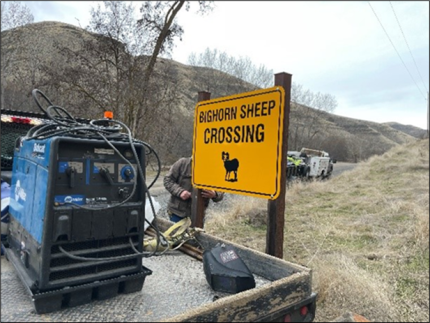
Wildlife Program report: Jan. 1-15, 2023
Managing Wildlife Populations
Asotin Creek Bighorn Sheep Sign: Blake and David replaced new “Bighorn Sheep Crossing” sign along Asotin Creek Road that was stolen earlier in the fall.

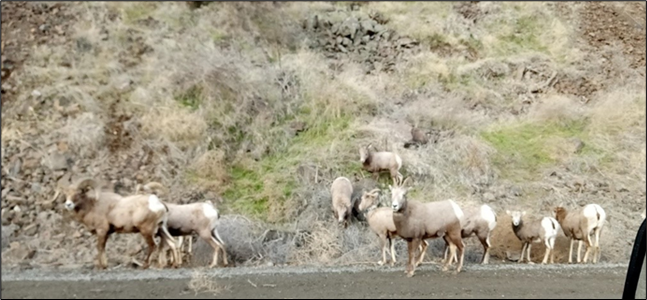
Providing Recreation Opportunities
Outdoor Education Opportunities: Northeast Washington Wildlife Area Manager Juli Anderson discussed options for a Spokane-area outdoor education school with her supervisor, Kevin Robinette. This project would be spearheaded by WDFW’s education outreach specialist, Autumn Eckert. Robinette and Anderson agreed that Rustlers Gulch Wildlife Area would be an excellent site choice, due to its proximity to Spokane. They also agreed that Young Men's Christian Association’s (YMCA) adjacent Camp Reed should be considered as a potential partner, as the camp may be able to provide housing and other resources for students. Additionally, the local chapter of Backcountry Horsemen of Washington may also be interested in participating. This group has for many years been a valued partner to WDFW, greatly helping staff with trail, parking area, and general site improvement and management at Rustlers Gulch.
Providing Conflict Prevention and Education
Asotin Turkey Issues: Wildlife Conflict Specialist Wade spoke with and assisted two Asotin County producers who are experiencing issues with large flocks of turkeys damaging cattle feed. Wade issued both producers turkey permits to assist with hazing efforts.
Deer in Spokane: Wildlife Conflict Specialist McCarty discussed haystack damage occurring on a property raising beef cattle. He recommended addressing ongoing crop damage issues that were brought up during conversation with the Damage Prevention Cooperative Agreement. Haystack damage to be addressed utilizing Master Hunters. An email was sent discussing options.
Elk Damage: Natural Resource Technician Moberg spent four days keeping elk off commercial crops near the state line. Commercial crop damage caused by elk is a major issue in parts of Walla Walla County during the winter months. Moberg prevented hundreds of elk from damaging commercial crops in Washington throughout the week.
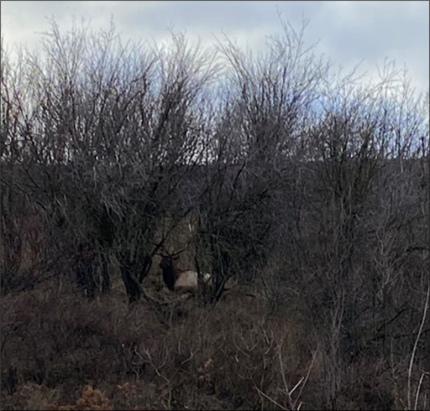
State Line Elk: Wildlife Conflict Specialist Kolb and Natural Resource Technician Moberg worked on herding and hazing elk along the state line to minimize commercial crop damage.

Conserving Natural Landscapes
Asotin Creek Wildlife Area Boundary Stock Fences: Contractors began construction this week with approximately 26 miles of boundary stock fences burned in the 2021 Lick Creek Fire. Raymond Doherty’s crew is currently working on the Tam Tam Ridge segment which begins at Asotin Creek road and forms the northern boundary of the wildlife area. Contractor Slateco will begin construction work on Jan. 16 on fences along Lick Creek road. Other sites such as Weatherly and Smoothing Iron will have to wait until snow recedes and the weather moderates.
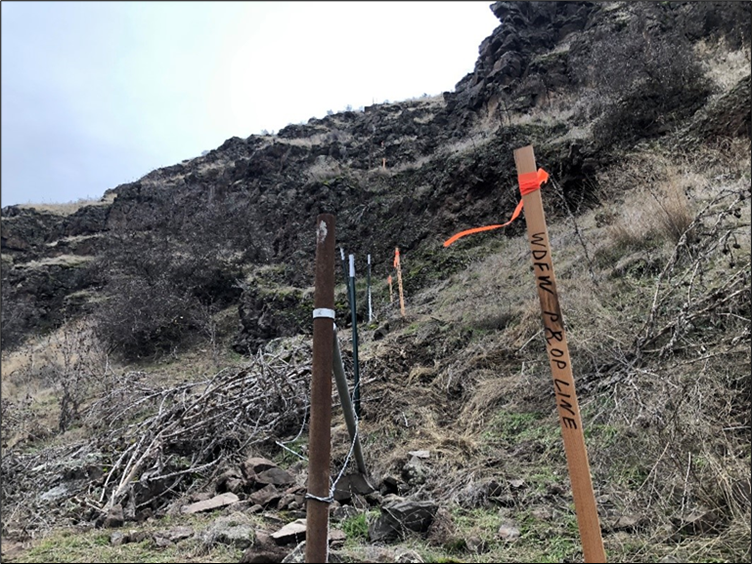
Conducting Business Operations and Policy
Wildlife Area Assistant Manager Finch picked up a poster-sized photo at the Region One headquarters in Spokane. It was a nice photo of Swanson Lakes Wildlife Area taken in 2007 by Bob Griffith, a late member of the Spokane chapter of the Audubon Society. Former WDFW Public Affairs Officer and current Audubon member Madonna Luers had dropped it off for Finch, who hung the poster at the Swanson Lakes Wildlife Area office.
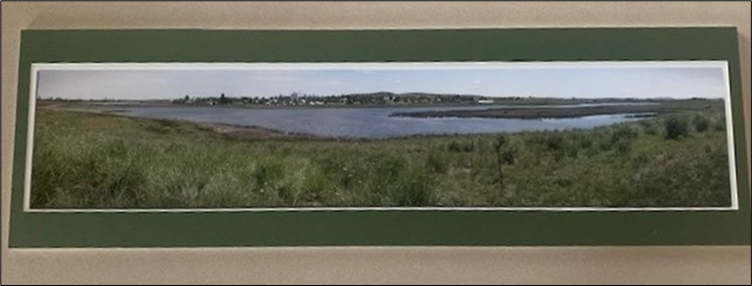
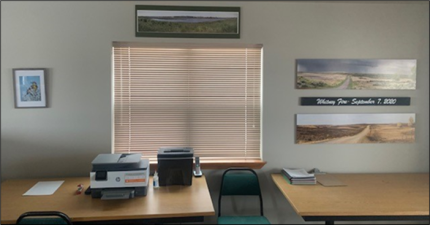
Managing Wildlife Populations
Big Game Capture Preparations: Biologist Jeffreys has been preparing for January 2023 captures of bighorn sheep and mountain goats in the Lake Chelan area. Using the services of an aerial darting and net-gunning crew, biologists in District Seven are seeking to capture five bighorn sheep from the Manson herd, ten mountain goats from the north shore of Lake Chelan, and ten mountain goats from the south shore of Lake Chelan over the span of three days in the second half of January. Biological samples such as blood, hair, and nasal swabs will be collected from all captured animals to assess individual health and the presence of diseases or parasites, and all animals will be fitted with GPS collars before being released onsite. Biologists will use the GPS collar data to track movements of individuals and learn more about herd home range sizes and distribution, migration routes and timing, and to aid in relocating animals for future abundance and composition surveys.
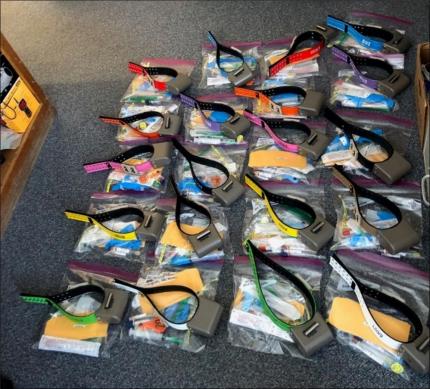
Kestrel Boxes: Biologist McPherson installed four kestrel boxes near the Columbia Basin Wildlife Area office so monitoring and maintenance can be performed easily. Boxes will be visited a few times a year for maintenance, to observe the number of eggs, and to record nest success.
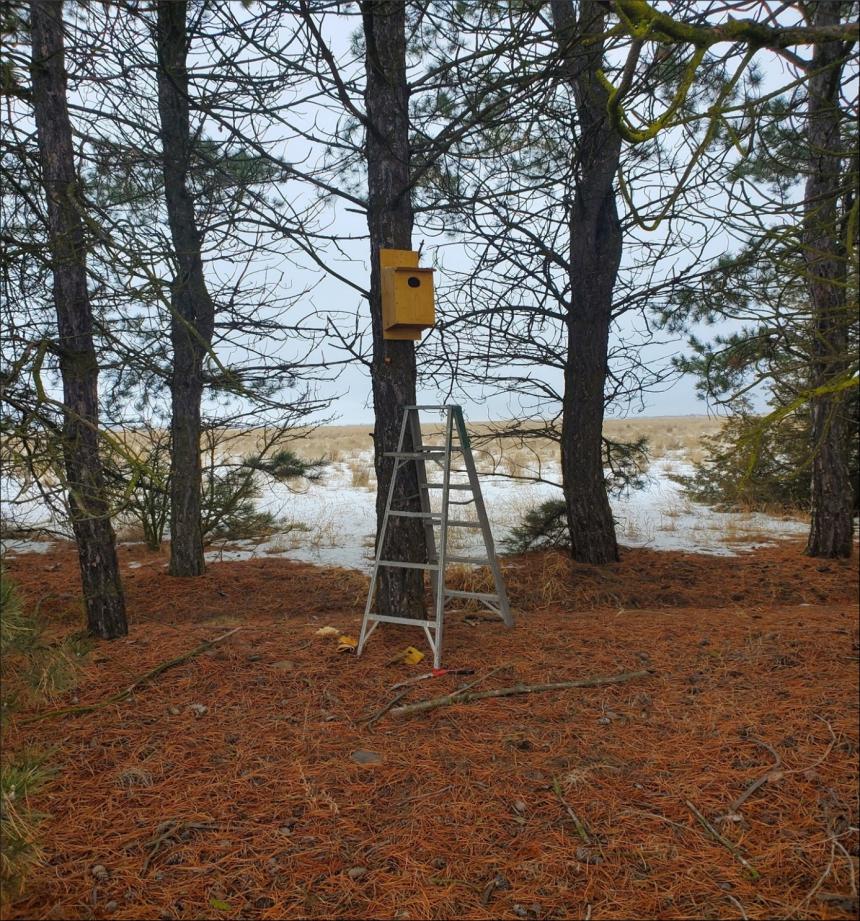
Wood Duck Boxes: Biologist McPherson and Specialist Walker installed wood duck boxes at the Frenchman, Winchester, and Rocky Ford. These locations are visited regularly by wildlife area staff members so maintenance and monitoring can be done on a regular basis.
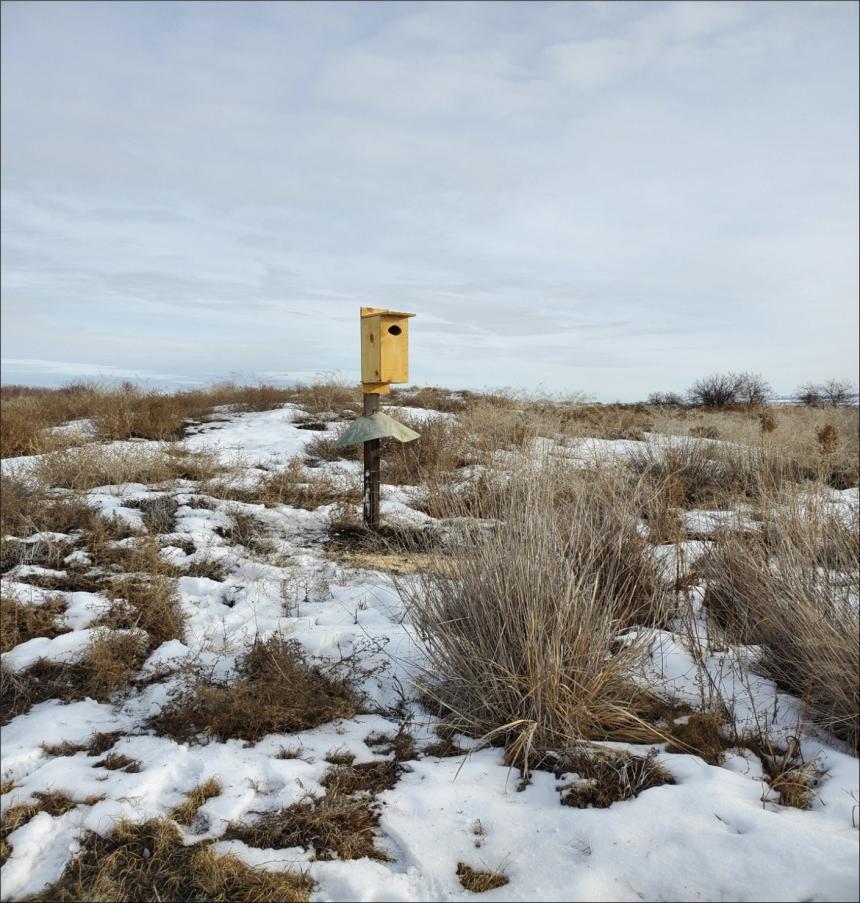
Waterfowl Nest Tubes: Biologist McPherson and Specialist Walker put out a dozen nest tubes in the The Desert - 2 (TD-2) project. TD-2 has 19 isolated wetland basins, and the original intent of the project was to boost waterfowl production. Currently the project is being impacted by tall emergent vegetation. By placing nest tubes, we will hopefully benefit local waterfowl production in the project.
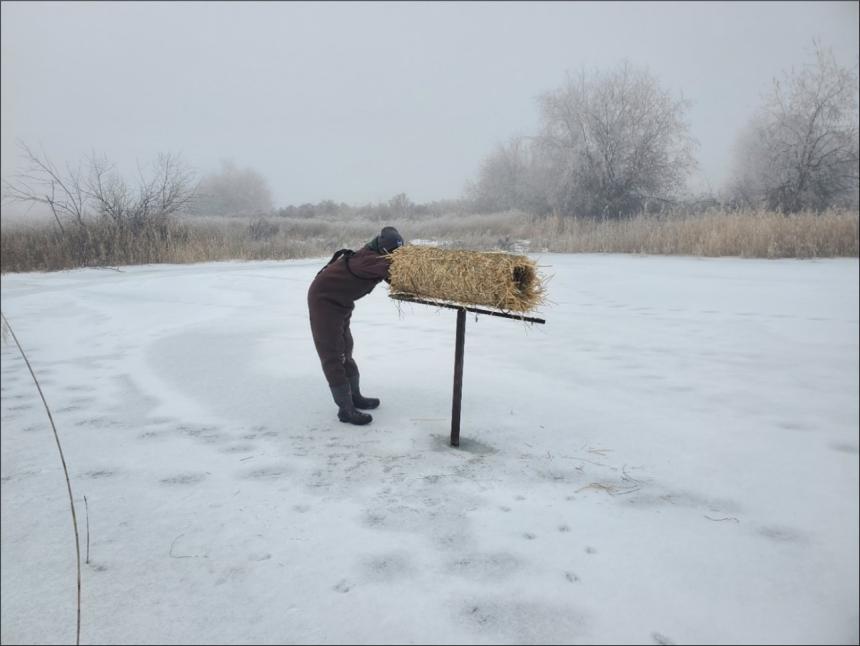
Providing Recreation Opportunities
Hunter Access: Biologist Cook continued to check hunter access signs on properties enrolled in the program. Most signs are still in place with not many needing replacement. Cook has spoken with several hunters related to the Hunt by Reservation properties. Many hunters have been confused about the program and the reservation process. Biologist Morris scouted for fields being used by waterfowl as a potential opportunity to obtain hunter access in the future.
Providing Conflict Prevention and Education
Dodson Road Unauthorized Vehicle Use: North of Frenchman Wasteway on Dodson Road there is a popular access point that users are starting to use to drive further off Dodson Road. People have always had opportunity to pull off and safely park away from road. Since people are getting farther into the uplands, Biologist McPherson coordinated with Washington Conservation Corps (WCC) to repair the old fence line to curtail this activity. There will still be opportunity to use this site the way it previously had been.
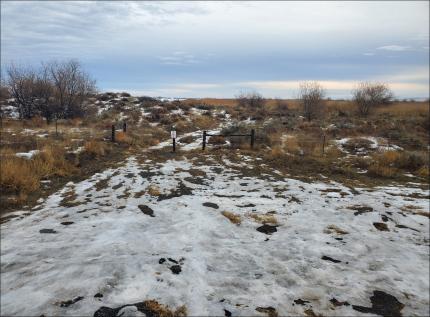
Deer Damaging Orchards: Specialist Heilhecker met with an orchardist regarding deer damage. The landowner signed a damage prevention cooperative agreement. Specialist Heilhecker issued a landowner kill permit.
Turkey Trouble: Specialist Heilhecker spoke to a producer regarding turkeys in his barn and cattle feed. She wrote a damage prevention cooperative agreement and will meet with the producer in the next few days.
Deer In Orchards: Specialist Heilhecker spoke to an orchardist who reported 60 deer in their fenced orchard. The owner originally reported that the county plow driver had pushed the snow up against their fence allowing the deer to jump over the fence. However, during another conversation, the landowner stated a hole was found in the fence during a perimeter check. Specialist Heilhecker reminded the orchardist that WDFW provided fencing materials to this property and encouraged the landowner to repair the fence.
Bobcat versus Chickens: Specialist Heilhecker spoke with a landowner regarding a bobcat killing chickens. She advised the landowner that hunting and trapping seasons are open in case they had friends or family with a license. They also discussed securing the chickens to prevent the bobcat from killing additional birds.
Conducting Business Operations and Policy
Wildlife Program School: All staff members attended program school in Wenatchee. This was an excellent opportunity to network with other colleagues and participate in various breakout sessions. It was appreciated by everyone.
Wolf Advisory Group: Specialist Heilhecker attended a meeting of the Wolf Advisory Group.
Other
Career Development: Biologists Jeffreys, Eilers, and Soltysiak attended a Snowmobile Safety Training Course hosted by the Chelan County Sheriff’s Office and the Lake Wenatchee Recreation Club. They learned basic snowmobile maintenance, how to handle emergencies, proper hand signals while riding, how to load and unload sleds from a trailer, and passed a riding skills test. Biologists will use these skills for upcoming winter fieldwork such as pygmy rabbit surveys and collar retrievals from deceased mule deer. It was a great class! Thank you, Rich Magnussen and Deputy Mike McLeod, for leading and organizing this course.

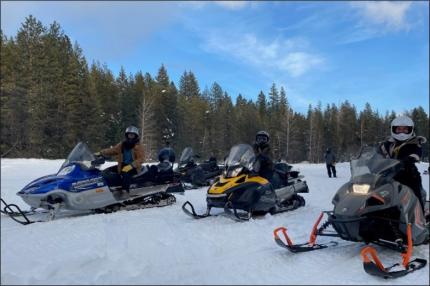
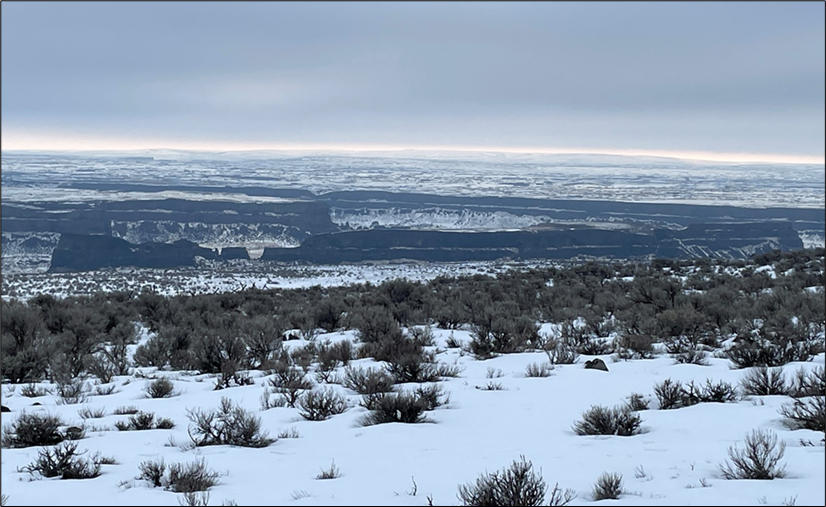
Wildlife Area Signs: Biologist McPherson worked with an agency graphic designer to fabricate wildlife area boundary signs. Since the move from Correctional Industries, we do not have any files of wildlife area artwork. Now that we have artwork on file, it will be easier to send to vendors to get signage made in the future.
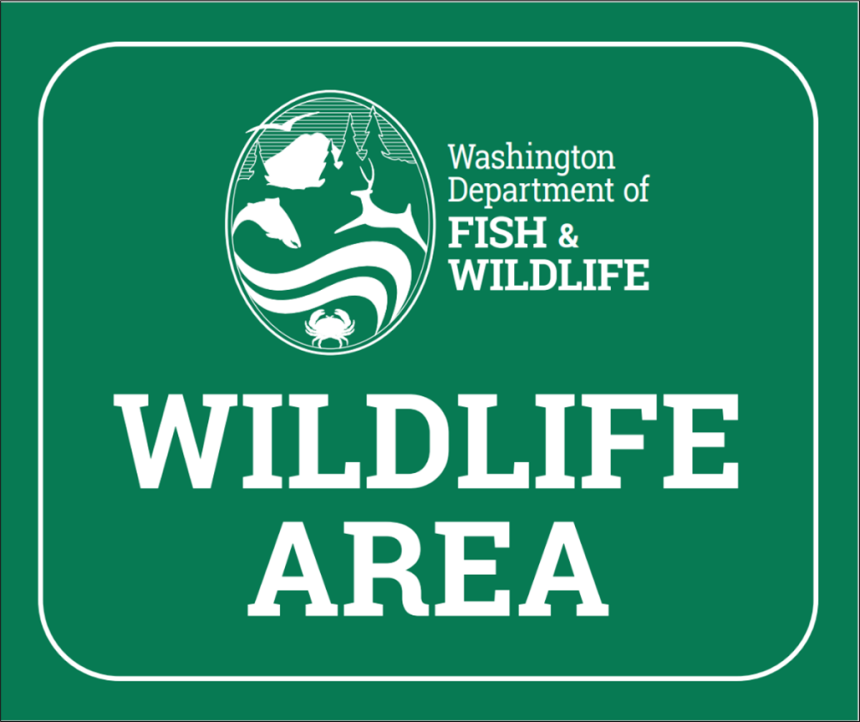
Managing Wildlife Populations
Columbian White-tailed Deer Surveys: Biologists Stephens and Holman along with Wildlife Conflict Specialist Aubrey completed four Columbian white-tailed deer surveys on Puget Island during the months of November and December. These surveys are conducted in partnership with the U.S. Fish and Wildlife Service (USFWS), Oregon Department of Fish and Wildlife, and the Cowlitz Tribe. The surveys estimate population productivity by providing a fawn to doe ratio while also generating a minimum count of deer at various sites within the Columbia River sub-population. A high count of 202 deer were observed on the Dec. 20 survey. The pooled fawn to doe ratio for the surveys was 41 per 100 and the buck to doe ratio was 39 per 100. The data was submitted to USFWS and will be combined with information from other survey areas in both Washington and Oregon. Thanks to Habitat Biologist Salter and Conflict Technician Kolenberg who participated in the surveys as well.
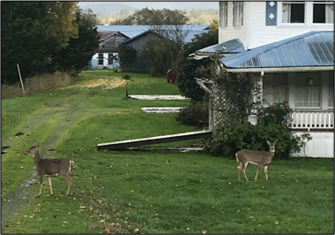
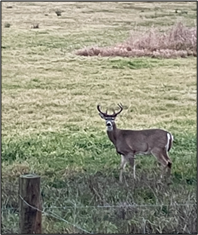
Dusky Canada Goose Survey: Biologist Wickhem conducted a dusky Canada goose survey on the Shillapoo Wildlife Area and surrounding lowlands of Clark County the first week of January. Dusky geese are a sub-species of Canada goose that spend summers in Alaska and migrate through the lower Columbia River in the winter. Dusky geese are closed to recreational harvest due to low population levels. The purpose of the surveys is to count dusky geese observed and read alphanumeric codes on any red-collared geese. Wildlife managers survey the geese multiple times across their primary wintering grounds and use the data to generate survival estimates. On this survey, Wickhem recorded 91 geese and read one neck collar. Other notable sightings included a few swans, red-tailed hawks, northern harriers, bald eagles, great blue herons, egrets, sandhill cranes and snow geese and many species of waterfowl. Wickhem spoke with a few duck hunters who were having good success. The recent rain has filled the wetlands, which is great for all the residents of the wildlife area.
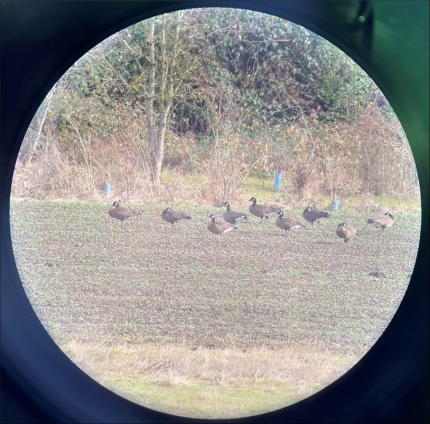
Klickitat Mule Deer Mortality Investigation: Biologist Wickhem went on a mortality investigation and collar retrieval for the first week of the new year. The doe was located on a plateau amongst the wind turbines in Eastern Klickitat County and had been scavenged by the time she arrived. All that remained was deer hair, part of the skull, and a portion of a lung which was strange to encounter considering the rest of the carcass was so heavily scavenged. Coyotes and raptors appeared to be the main scavengers, but without any sufficient deer remains, it was impossible to determine the cause of death. This doe is part of a four-year study being conducted throughout Game Management Units (GMU) 388 and 382 to track the annual movements of female mule deer and locate important migration corridors. Staff members are also attempting to determine cause of death when an animal dies, which has proven to be difficult. In the winter of 2021, 81 collars were deployed throughout GMUs for this effort. Twenty-two collars were deployed in the winter of 2022, most of which were redeployments replacing study deer that died over the first year of the study. This collar, along with others retrieved in 2022, will be redeployed in the winter of 2023.
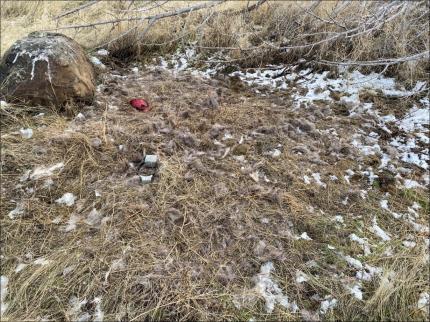
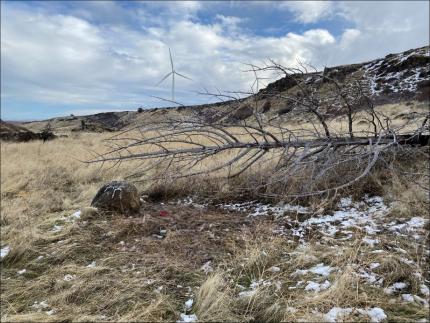
Providing Conflict Prevention and Education
Public Outreach at Ridgefield Elementary School: Wildlife Conflict Technician Kolenberg spent Friday morning at Ridgefield Elementary School’s fourth grade career day. Kolenberg spent time talking with groups of students about his career working with wildlife as relates to securing attractants, recreating safely in bear and cougar country, and answering questions about wildlife in Washington. Kolenberg gave out educational material such as Bearwise and Living in Cougar Country brochures as well as Washington wildlife trading cards.
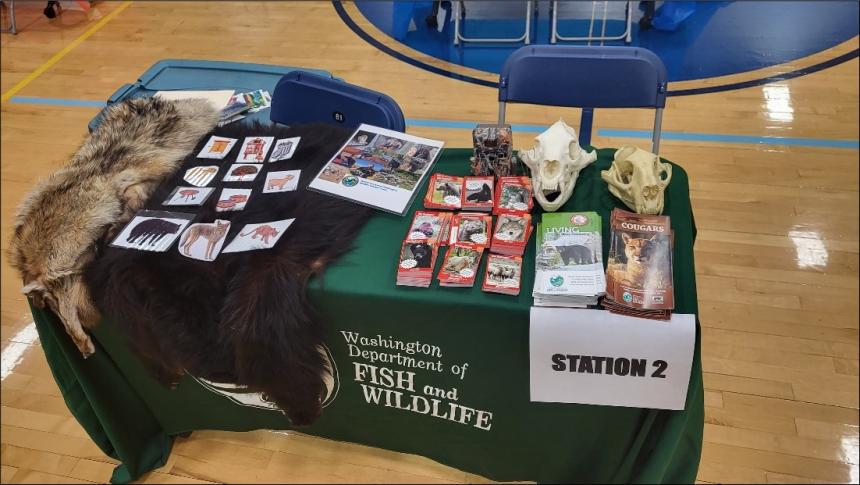
Treponeme-Associated Hoof Disease Elk Response: Wildlife Conflict Specialist Aubrey and Biologist Stephens responded to a report of an elk in a backyard that was no longer mobile. The reporting party was not sure what the cause was. Upon arrival, it was determined that the elk needed to be euthanized. After euthanasia, treponeme-associated hoof disease (TAHD) was found to be the cause for the animal’s condition. Aubrey and Stephens removed the carcass from the yard for the reporting party.
Conserving Natural Landscapes
Peterman Ridge Unit Gate Closures: Cowlitz Wildlife Area staff members closed two gates on the Peterman Ridge Unit of the wildlife area for habitat management purposes. Studies have shown that animals will avoid habitat adjacent to active roads. The seasonal closures help to reduce habitat fragmentation caused by active roads and increase the usable habitat available to wildlife. The gates will reopen Sept. 1 to provide access during hunting seasons.
Other
Firearms training and certification: Wildlife Conflict Technician Kolenberg traveled to Ephrata this week to partake in two-day training course on safe and proper use of firearms to meet the state requirements for firearm usage. Kolenberg passed two written exams and state qualifications for the use of rimfire rifles and shotguns.
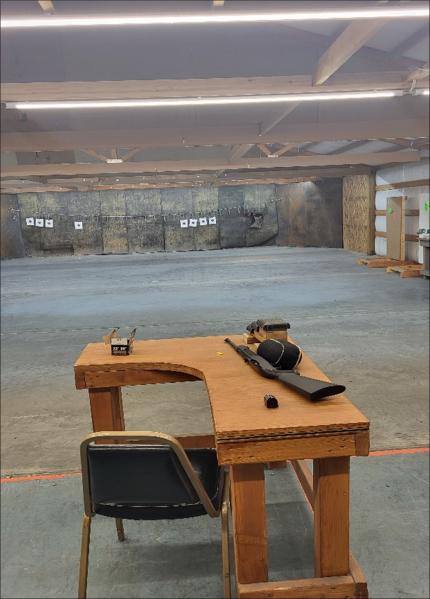
Managing Wildlife Populations
Aquatic Species Restoration Plan Applications: Biologist Tirhi is working through answering the required metrics and paperwork associated with three separate Oregon spotted frog Aquatic Species Restoration Plan (ASRP) grants. Cultural review requirements are included for each of these three sites.
Providing Recreation Opportunities
Scoping Lake Koeneman: The Region 6 Water Access Team, Wildlife Area Manager Laushman, and Enforcement Officer Murray hiked to the Lake Koeneman Unit of the South Puget Sound Wildlife Area to check on trail conditions and improve future access to the lake.
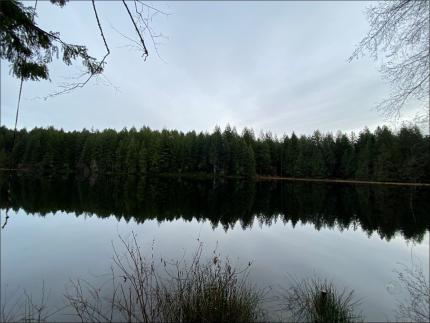
Vandalism and Dump Site Clean-up: Access staff members, Enforcement, and Wildlife Area Manager Laushman all participated in the removal of an abandoned motorhome that was burned before it could be towed away. Wildlife area personnel repaired several other sites throughout the region that suffered vandalism and cleaned numerous dump sites.
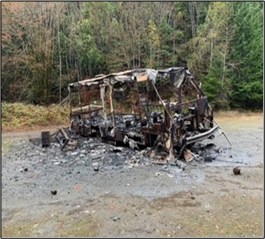
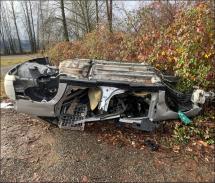
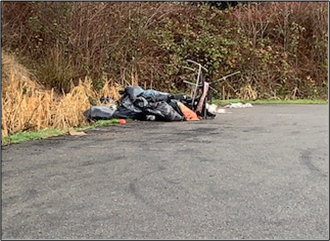

Kitsap County, Point No Point: Access team and WCC removed large amounts of blackberry bushes from the fence lines and repaired the restroom from vandalism.
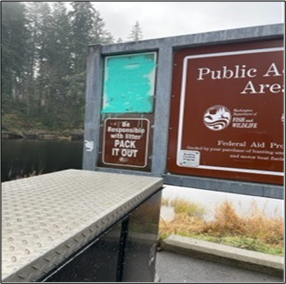
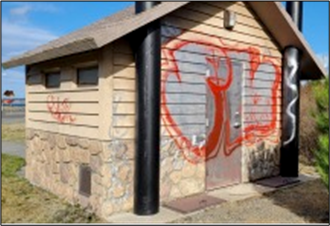
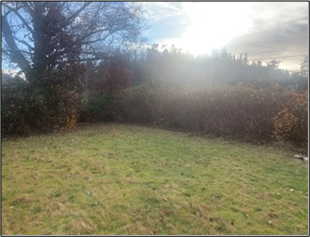
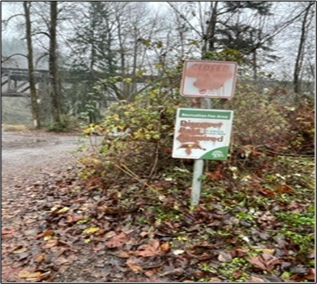
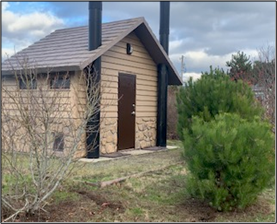
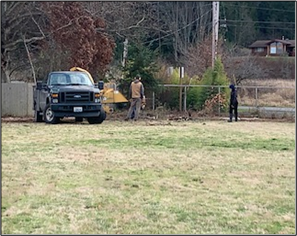
Access Clean-up Projects: Personnel worked on a variety of projects involving downed trees and storm damage.
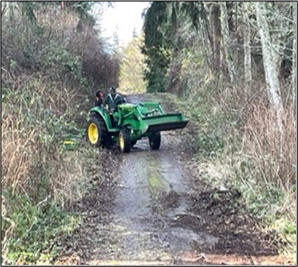
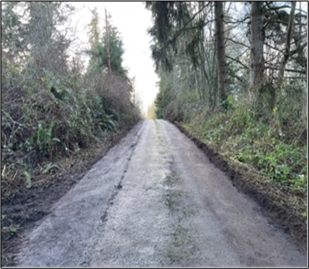
Clallam County, Bogacheil Rearing Ponds: WDFW personnel cut and moved the majority of several fallen trees that blocked access at the Bogacheil Rearing Ponds. There is still much work to be finished but access for hatchery personnel and public parking has been restored.
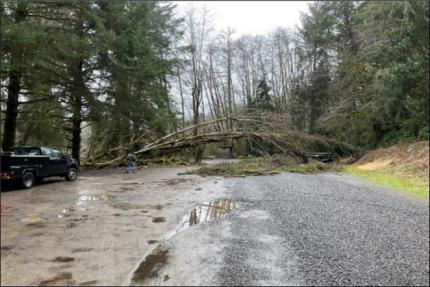
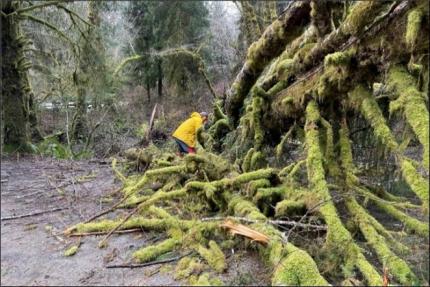
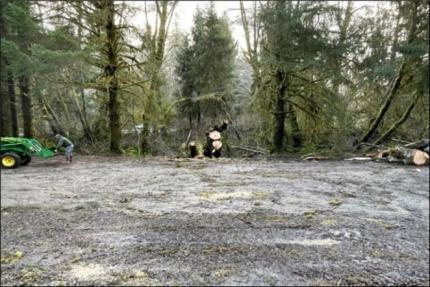
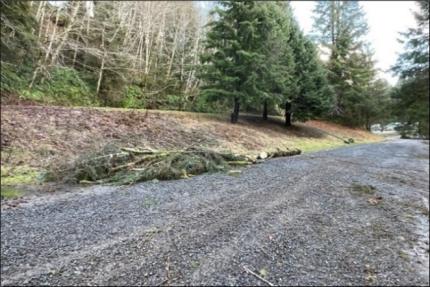
Providing Conflict Prevention and Education
Rotary Club: Biologist Tirhj gave a presentation to the Rotary Club of Lakewood in appreciation of the outstanding volunteer services they have been providing to maintain the entrance of the South Puget Sound Wildlife Area. Tirhi gave an overview of Washington’s wildlife, the role of WDFW, the agency’s priority work, and duties of district biologists. The presentation was very well received.
Conserving Natural Landscapes
Oregon Spotted Frog Habitat Enhancement: Biologists Tirhi and Butler, along with Volunteer Terry rebuilt plot markers for hydrological monitoring work at the Salmon Creek spotted frog breeding site.
Other
Program School: Biologists Tirhi and Butler attended the Wildlife Program School which was an excellent opportunity for staff members to reflect on past work, plan future work, learn new skills. They gained insight into the various programs and projects underway and built connections with other wildlife biologists in the agency.